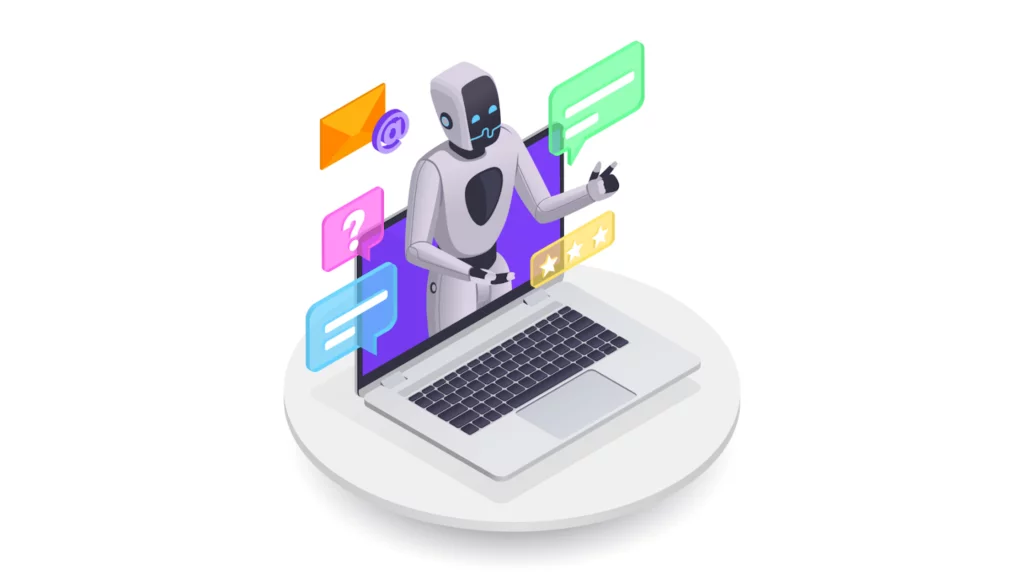
The term “artificial intelligence” was first used in 1955 to describe a brand-new field of computer science. Given how quickly and drastically the market for AI technologies is growing, it drastically alters many aspects of our daily lives. Many startups are in fierce competition with internet behemoths to be acquired.
AI-powered technology operated independently for thirty years, but today, it is widely used in all aspects of life. Artificial intelligence incorporates a lot of novel and cutting-edge technologies.
Businesses of all sizes, from newborn startups to massive conglomerates, are vying to use artificial intelligence in data mining and operational excellence.
What Is Artificial Intelligence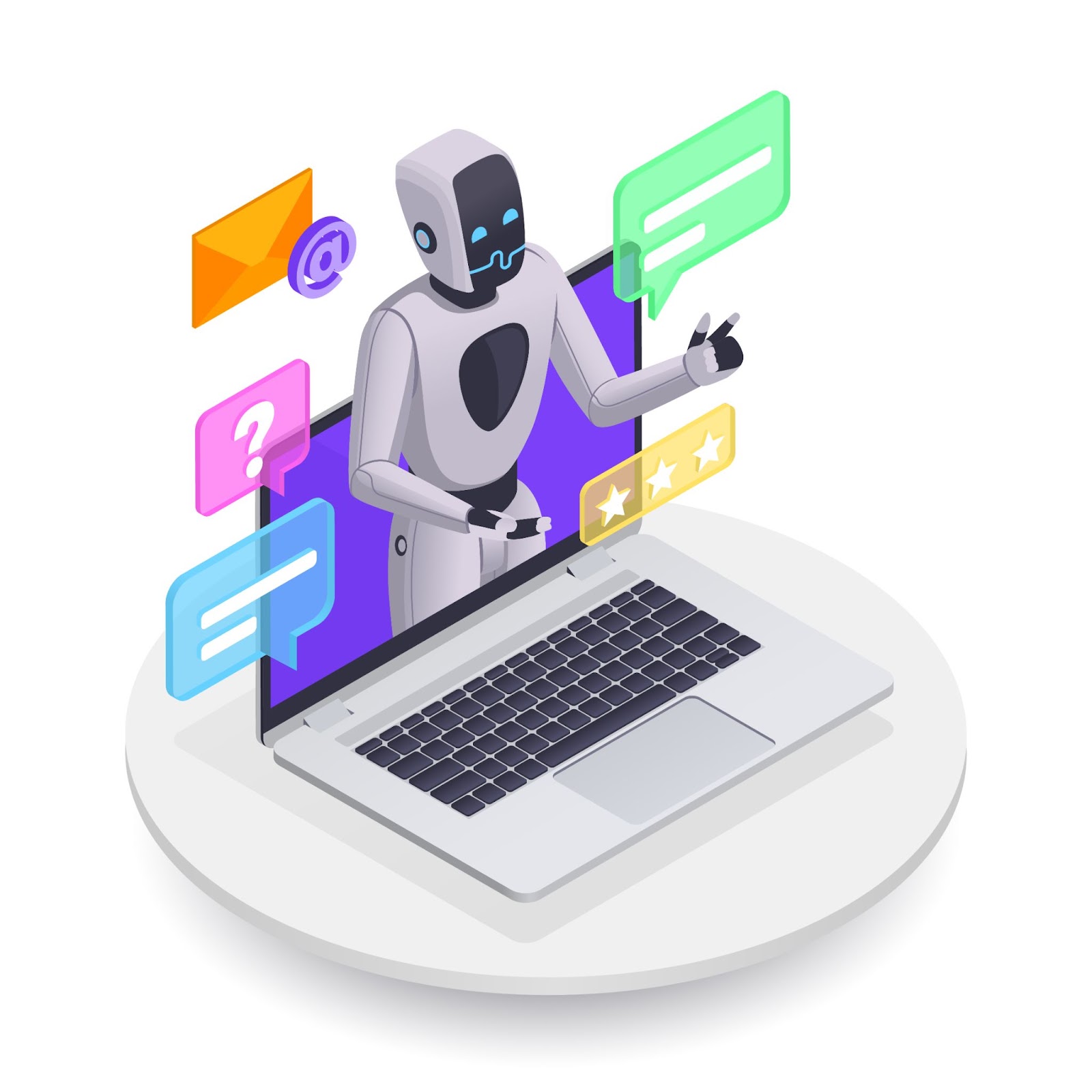
Artificial intelligence (AI) is intelligence displayed by a machine that mimics human thought or behavior and can be programmed to solve particular tasks.
AI is the result of combining deep learning and machine learning methods. Different artificial intelligence models can make wise decisions as they are trained on vast data.
Let’s now get into the 11 Trending Artificial Intelligence Technologies.
AI-Powered Technologies You Should Know About
Text Analytics and Natural Language Processing (NLP)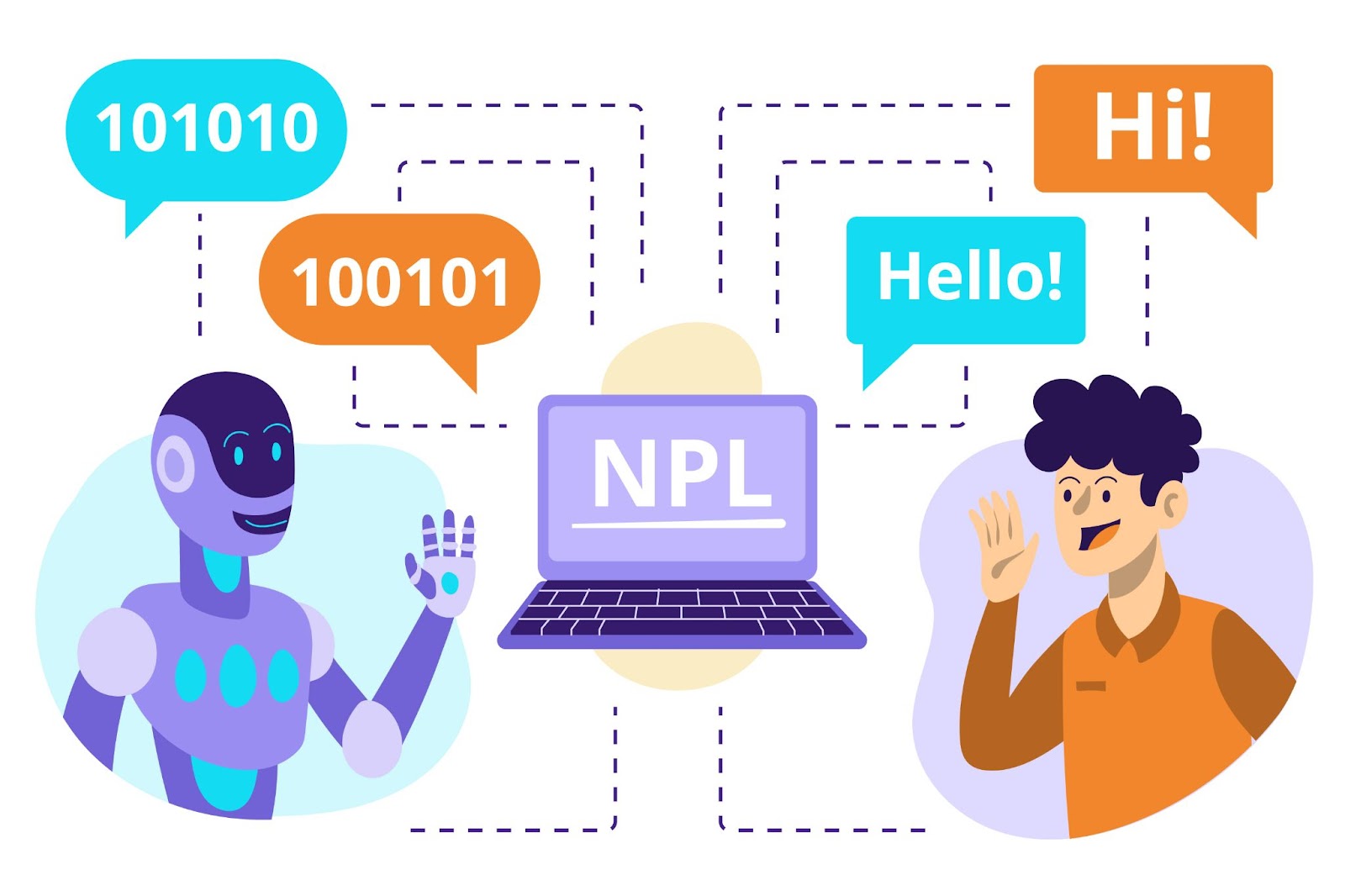
Natural language processing (NLP) concerns how computers and human languages interact. Via machine learning, it employs text analytics to analyze sentence structure, meaning, and interpretation.
This technology is extensively used in security systems and fraud detection. NLP is used by numerous automated assistants and applications to extract unstructured data.
Among the service providers are Basis Technology, Expert System, Coveo, Indico, Knime, Lexalytics, Linguamatics, Mindbreeze, Sinequa, Stratifyd, and Synapsify.
It makes sense that these terms are included in the list of the top 15 trending AI technologies.
Natural Language Generation
The way that humans think and communicate is not the same for machines. A new “natural language generation” technology can translate structured data into the original language.
Algorithms built into the machines transform the data into the user’s desired format. Content developers can use natural language, a subset of artificial intelligence (AI), to automate content creation and deliver it in the format of their choice.
To reach the intended audience, content developers can use automated content to promote on social media platforms.
Data conversion into desired formats will result in a significant reduction in human intervention. Graphs, charts, and other necessary visual aids can be used to display the data. A good example of this is OpenAI.
Deep Learning Platforms
Another area of artificial intelligence that uses artificial neural networks is deep learning. This method teaches machines and computers to learn by doing, just like people do. Because deep learning uses hidden layers in neural networks, the term “deep” was created.
A neural network can house up to 150 hidden layers but typically has two to three hidden layers. When training a model and a GPU, deep learning works well with large quantities of data. Predictive analytics is automated through a hierarchical structure of algorithms.
Deep learning is being used in various fields, including the military and aerospace industries, to detect objects from satellites, identify risk incidents when workers approach machines and detect cancer cells.
A few popular softwares are DeepLearningKit, H20.ai, Torch, etc.
Speech recognition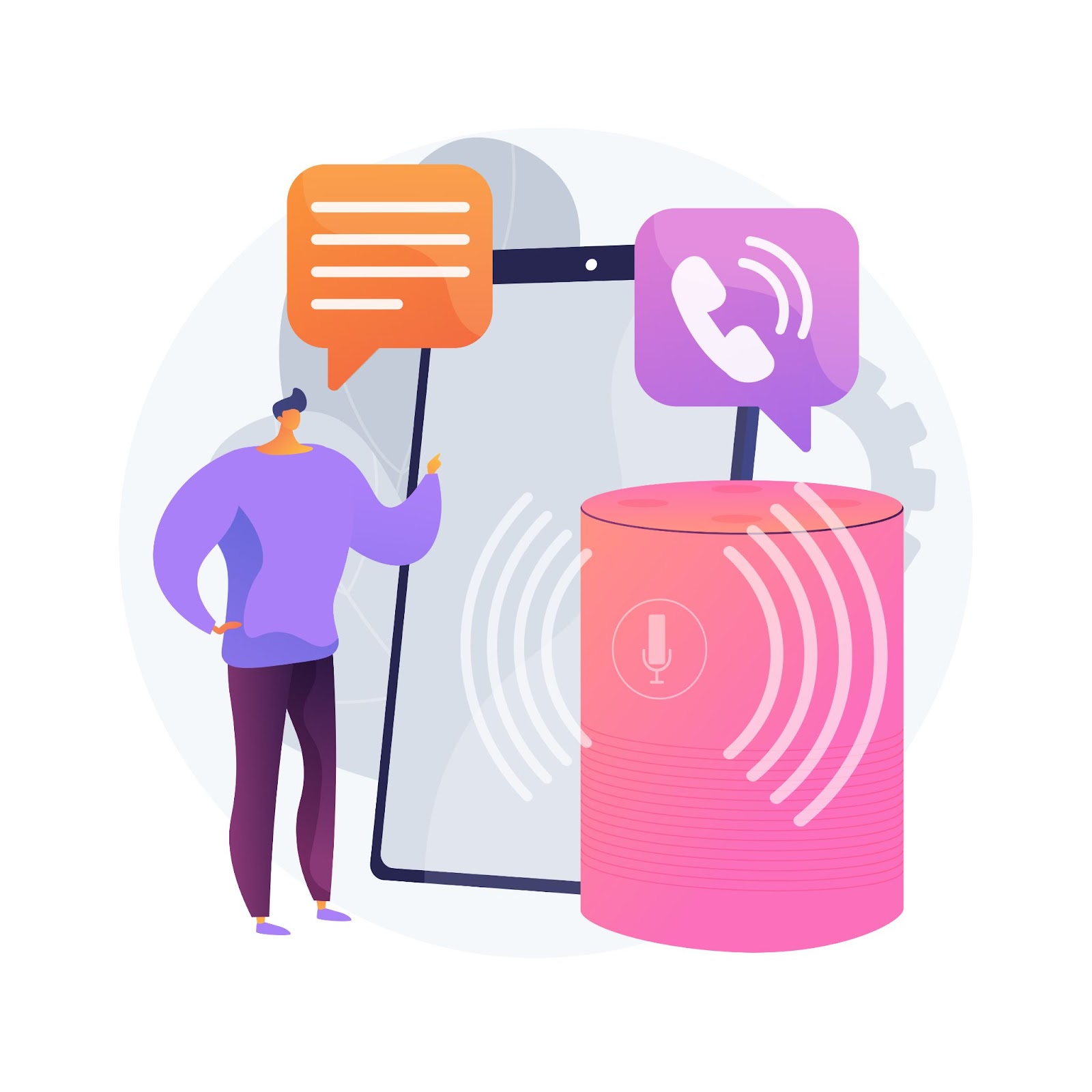
Another significant area of artificial intelligence is speech recognition, the process by which computers translate human speech into a practical and intelligible format.
A link between human and computer interaction is speech recognition. The device can translate and recognize speech from humans in multiple languages. One of the prime examples of speech recognition is Siri on the iPhone.
Robotic Process Automation
“Robotic process automation” describes how business processes operate by automating and mimicking human labor.
In this field, it is crucial to remember that artificial intelligence (AI) supports and enhances human abilities rather than thoroughly replaces them.
This process is the focus of businesses like PegaSystems, Automation Anywhere, Blue Prism, UiPath, and WorkFusion.
Marketing Automation
Teams and departments in marketing and sales have embraced AI and gained a lot from it.
Techniques that use AI in campaign management, customer data integration, and automated customer segmentation are popular. AdextAI has developed into a leader in the use of marketing automation.
Virtual Agents
The use of virtual agents by designers has grown in importance. A computer program that communicates with people is called a virtual agent.
Web and mobile applications use chatbots as their customer support representatives to communicate with users and respond to their questions.
Google Assistant facilitates meeting planning, while Amazon’s Alexia simplifies shopping. Like a language assistant, a virtual assistant interprets cues based on your preferences and choices.
IBM Watson understands the common questions that customers ask of customer service in several ways. Also serving as software-as-a-service are virtual agents.
Decision Management
Artificially intelligent machines can program AI systems for maintenance, tuning, and training by adding logic.
Organizations are already using decision management by integrating it into their applications to carry out automated decision-making to increase value to the business and profitability.
Enterprise-level apps use decision management systems to get the most recent information needed to analyze business data and support organizational decision-making.
Making quick decisions, avoiding risks, and automating processes are all made more accessible with decision management. The financial, healthcare, trading, insurance, and e-commerce sectors are just a few of the industries that heavily utilize decision management systems.
A few businesses that offer this service are UiPath, Advanced Systems Concepts, Informatica, Maana, and Pegasystems.
Cyber Defense
Today’s world is more sophisticated and interconnected than ever, which makes artificial intelligence’s role in business crucial. Cyberattacks are predicted to become more persistent over time, necessitating security teams to rely on AI solutions to maintain control over systems and data.
Cyber defense is a computer defense mechanism designed to identify, stop, and lessen threats and attacks against system infrastructure and data. Learning technologies that reveal suspicious user behavior and identify cyber threats can be created by combining machine learning techniques with neural networks to process input sequences.
Biometrics
The field of biometrics focuses on identifying, quantifying, and evaluating the anatomical characteristics of human behavior and the structure and form of the body.
Because it can interact with touch, image, speech, and body language, it encourages natural interactions between humans and machines. The primary application for it is in market research. VR, Affectiva, Agnitio, FaceFirst, Sensory, Synqera, and Tahzoo offer this technology service.
Machine learning
Artificial intelligence includes machine learning, which enables machines to interpret data sets without programming. Businesses can use machine learning techniques to perform data analytics using statistical models and algorithms, allowing them to make well-informed decisions.
Businesses are investing significantly in machine learning to benefit from its use in various fields. Machine learning techniques are needed in healthcare and the medical area to analyze patient data for disease prediction and effective treatment.
Machine learning is essential to the banking and financial industries for risk and fraud prevention and for analyzing customer data to identify and recommend investment options to clients. Retailers use machine learning (ML) to forecast shifting consumer preferences and behavior by evaluating customer data.
Peer-to-peer network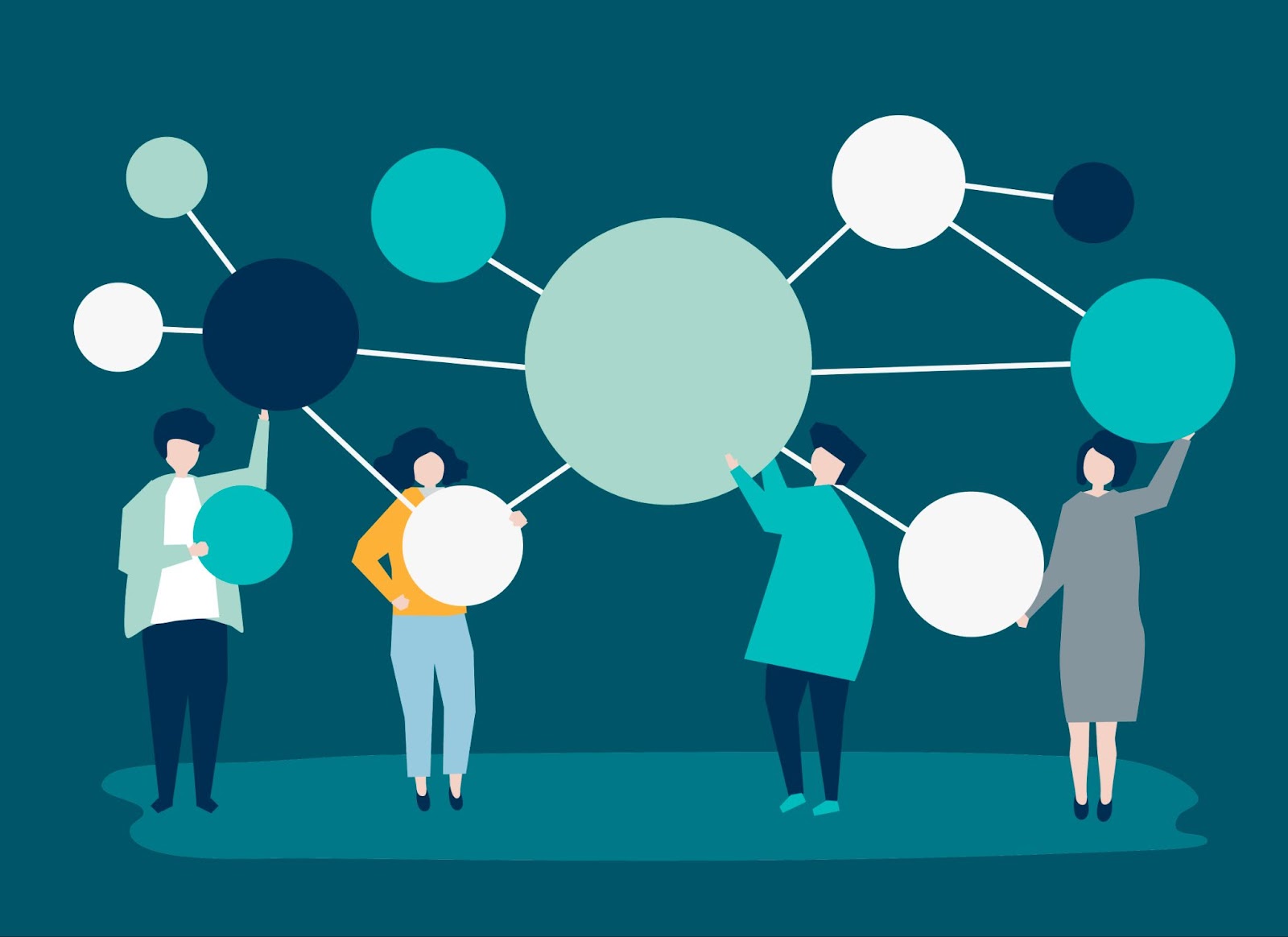
Peer-to-peer networks enable the sharing of data between various computers and systems without the need for data transmission via servers. Peer-to-peer networks can resolve even the most challenging issues. Coins that use this technology are used. The implementation is economical since no servers are installed, and individual workstations are connected.
Integrating AI with Peer-to-Peer networks marks the dawn of a new era in collaborative intelligence. This synergy enhances the efficiency of decentralized systems and opens avenues for novel applications, from secure and intelligent file-sharing to collaborative AI models.
One notable application is the optimization of file-sharing within P2P networks. AI algorithms can predict user behavior, identify trends, and enhance the efficiency of content distribution. This intelligent allocation of resources ensures that popular files are readily available, reducing latency and improving overall network performance.
AI-optimized hardware
In the business sector, artificial intelligence software is highly sought after. The hardware that supports the software became more and more necessary as the software gained popularity.
A traditional chip cannot support artificial intelligence models. Neural networks, deep learning, and computer vision applications are being developed on a new generation of artificial intelligence chips.
The hardware for AL consists of neuromorphic chips, CPUs that can manage scalable workloads, and special-purpose silicon integrated into neural networks. Companies like Qualcomm and Nvidia.
AMD is developing chips that can carry out intricate AI computations. These chips might be beneficial to the automotive and healthcare sectors.
Thanks to enhanced graphics and central processing units, devices are now specifically designed to perform tasks related to artificial intelligence. One well-known illustration of this is the silicon chip with AI optimization that can be installed in any portable gadget.
Businesses and organizations are making sound investments in AI to speed up the development of the upcoming generation of applications. Several tech companies provide this service, including Alluviate, Google, Cray, Intel, IB, and Nvidia.
Conclusion
Artificial Intelligence represents the computational models of intelligence. Examples of intelligence are structures, models, and operational functions that can be programmed for quick and seamless language processing, problem-solving, inference, and other tasks.
Artificial intelligence is already yielding benefits in several industries. Prerelease trials should be conducted by organizations implementing artificial intelligence to remove biases and errors.
Strong models and designs are required. Following the release of artificial systems, businesses should constantly monitor various scenarios. To improve decision-making, it is better for the organizations to establish and uphold the standards and employ specialists from multiple fields.
Artificial intelligence aims to automate all complex human activities and eradicate biases and errors. There is still a lot of room for improvement as far as AI-powered technologies are concerned.
I hope you found this guide on AI-powered technologies useful. Which one is your favorite? Let me know in the comments below. Mine’s Natural Language Processing (NLP), by the way.
FAQs
What real-world applications of AI are there?
Among the ways AI is used in daily life are:
- Virtual assistants such as Alexa and Siri
- On streaming services, recommendations for personalized content
- Systems for detecting fraud in banking
- Applications for navigation that recommend the best routes based on traffic data in real-time
Are AI-powered technologies limited to large corporations?
No, AI technologies are becoming increasingly accessible. Many startups and small businesses leverage AI to enhance their products and services. Open-source frameworks and cloud services have democratized access to AI tools.
How secure are AI-powered systems?
Security is a priority in AI development. While vulnerabilities exist, continuous advancements in encryption, authentication, and secure coding practices aim to mitigate risks. Responsible AI development includes addressing security concerns.
Can AI replace human jobs?
AI can automate specific tasks, but it also creates new opportunities. The impact on employment depends on how society adapts to these changes. Education and reskilling programs can help individuals thrive in the evolving job market.
Is AI only for tech enthusiasts?
No, AI is integrated into various consumer products and services. From virtual assistants in smartphones to personalized content recommendations, AI enhances user experiences across different sectors, making it accessible to a broad audience.



